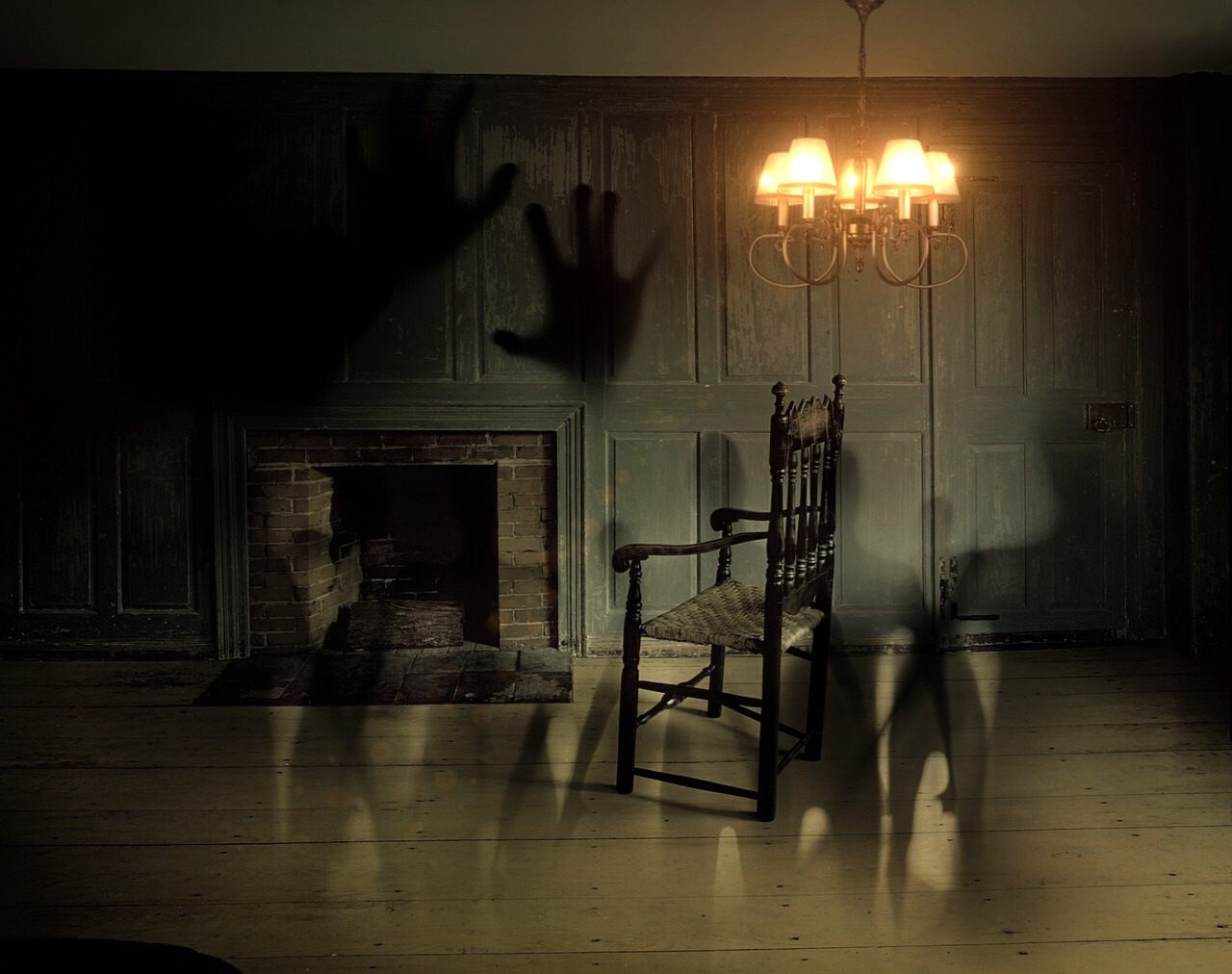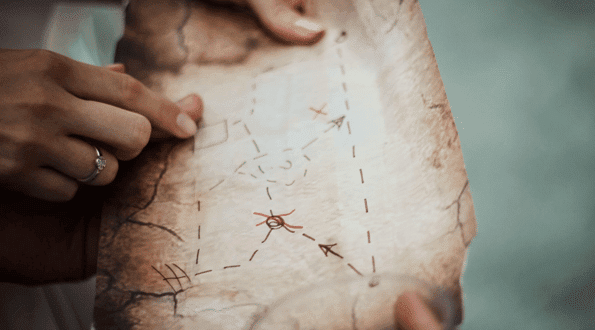Puzzle Break at Sundance
Last month I had the pleasure of receiving an invitation to travel from Seattle and speak at the Sundance Film Festival. Pepsi’s Creator group had a presence at Sundance and put together a panel titled “Storytelling for the Experience Generation”. Their mission is to explore the edges of culture and co-create innovative experiences across the cultural landscape. Escape Rooms tell their stories in very innovative and unfamiliar ways, and as the co-founder of the first American Escape Room company I was really excited to introduce these concepts to an audience of traditional filmmakers. Also on the panel were Jon Braver of Delusion, Nicholas Cooper of Victory Hills Entertainment, Michael Cruz of Skybound Entertainment, and moderator Kamal Sinclair of New Frontier.
Thanks to The Great Company for putting everything together!
We covered many topics throughout the panel. Some of the finer details from our discussion can be read on The Verge and Deseret News. Representing and encapsulating the storytelling of escape rooms was very challenging. Those who have played more than a handful of experiences know there’s no monolithic method to telling a story in the medium. However, there are some nearly-universal characteristics to storytelling in Escape Rooms, and they’re very different than telling a story in a traditional film. Below are some of the themes I touched upon.
Each and every player will experience the story in an escape room in a different way. We’ve seen this hundreds of thousands of times at Puzzle Break, and it is arguably the single biggest consideration when crafting a story to tell in an Escape Room. Not every player will read every written word. Players will experience different parts of the game at different times (or sometimes not at all). Players will have dramatically different expectations and sensibilities when it comes to story. The list goes on and on.
The most common “bad” implementation of story I routinely see in Escape Rooms: trying to do way too much in a one-size-fits-all delivery. Players are clobbered over the head with pre-written narrative. It gets in the way of the gameplay. Different types of players will experience the story at dramatically different levels of quality. Frequently, players will be forced to read lengthy & dry story bits in the middle of an otherwise cutting-edge interactive experience. It’s the functional equivalent of having to interrupt a supersonic jet flight to hand-crank the engine. I’ve sad it before and I’ll say it again: “Poorly done story in an escape room is almost always worse than no story.”
The title of the panel was no accident. Experiential storytelling is going to change everything.
It is vitally important for designers and writers to think about “story” in an experiential way. When I discuss this to an audience, I like to talk about the game “Ultimate Werewolf”. For those unfamiliar: Werewolf is a party game where players are given roles. Some players are werewolves, others are villagers. The villagers must try to suss out who’s a werewolf. The werewolves must redirect suspicion onto innocent villagers and secretly kill villagers at night. That’s the entire pre-written story. BUT, Werewolf has some of the best stories you’ll find in any experience anywhere. The reason? Players craft the stories themselves inside a minimalist framework engineered by a careful and thoughtful designer. Each werewolf game is unique and contains moments the players will never forget.
“Remember when you were CONVINCED I was a werewolf and then….”
“OH MAN I can’t believe we got so lucky when we…”
“UGH I made such a huge mistake and you totally capitalized on it completely by accident!”
There’s absolutely room for more traditional storytelling inside of an Escape Room experience, but I posit that the games with the best stories will always contain heavy narrative elements fueled by player-interaction. This is one of the bedrocks of all Puzzle Break game designs.
Can you find me in this picture?
Outside of the panel discussion, the highlight (and lowlight) of my trip came at a party at the end of the evening. Too late, I realized I was at a party with Bill Pullman. By the time I thought to awkwardly ask him for a photo and talk about Zero Effect (a wonderful mystery film from the 90s seen by about 17 people), he had already left. I hope to go again next year to both talk about interactive storytelling and do a better job mingling with the beautiful people.
-Nate
Tags:
Want to get blog updates ( and only blog updates )?




Recent posts






Cruise Taker’s Guide to Turks and Caicos: What to do on the Ship and on the Island








